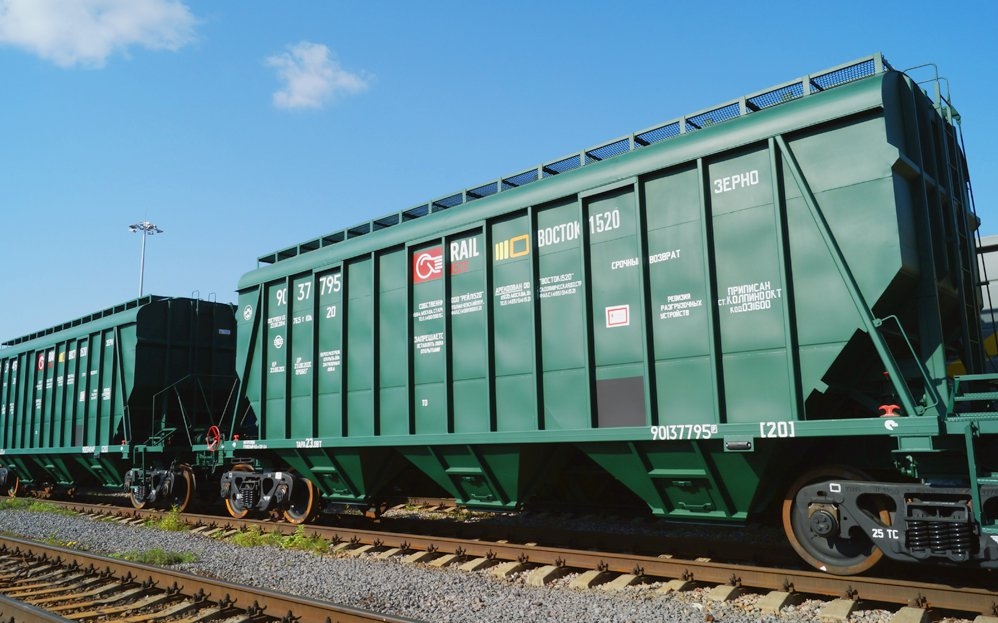After the extension of the grain agreement, transportation rates began to rise

After the decision to continue the operation of the grain corridor, rates for rail and road transportation to the ports began to rise, but the reduction in the volume of transportation in the current and next season may limit the "appetite" of carriers.
At the beginning of November, due to uncertainty regarding the fate of the grain agreement, traders increased grain supplies towards the western borders. As a result, as of 11/17/22, the queue of wagons loaded with grain at the western crossings reached 7,047 units, while on 10/10/22 there were 3,220 units. In general, during the month, the queue of wagons with all types of cargo at the western crossings grew from 14.6 to 19.3 thousand wagons (in July it reached 42 thousand), and the estimated waiting period is 30-69 days.
After the extension of the grain agreement, traders intensified deliveries to the ports, and Ukrzaliznytsia increased the initial bid at auctions for the use of grain trucks. If in October - November it was UAH 2,817/wagon-day (and in June it was generally UAH 2,167/wagon-day), then on 11/23/22 the initial price increased by 53% and reached UAH 4,300/wagon-day.
In Ukrzaliznytsia, the rate increase is explained by the significant utilization of wagons during the last 3 months, the increase in queues at the western crossings and the cancellation of limits on their accumulation by the UZ. In addition, UZ limits the volume of lots with a short time horizon for supplying wagons under load.
Experts warn that the freight base for grain transportation in the next year may decrease sharply (almost by 2 times) due to a decrease in the area of sowing, yield (due to a reduction in the use of fertilizers by 30-40%) and the increase in the cost of logistics, which has tripled for the ports of Ukraine, and to EU ports - twice.
Ivan Miroshnichenko, co-owner of the Agrodar group and TD Zernari, believes that due to the ineffectively organized grain corridor and the surplus of products on the market, all supply chain risks are embedded in the final price of the product. The ship owner receives 20-25 $/t for freight and risk insurance, and taking into account the downtime of 2-3 weeks, it is now 30-35 $/t, the cost of handling in ports has increased by 15-20 $/t, although the risks of ship demurrage and transport downtime falls on exporters, UZ raised tariffs by 2-2.5 times, traders' margin increased to $25-30/t. Therefore, with the price of corn and wheat in the range of $120/t, logistics eats up $60-80/t, and producers receive losses and think whether it is worth sowing grain next year, since all grain crops are sold at a loss, and oil crops cost or with little profit.
Now the question arises - what will UZ do, when there will be nothing to transport, will raise rates again? Can she increase the offer at auctions to balance the interests of all market participants.


